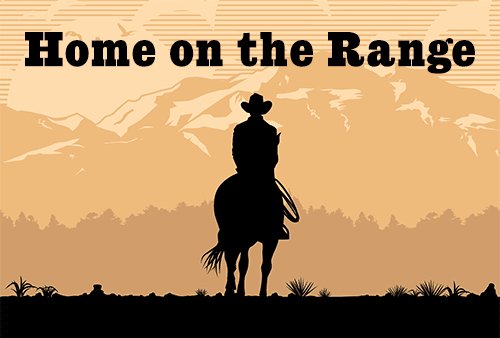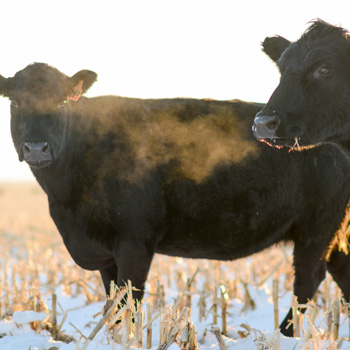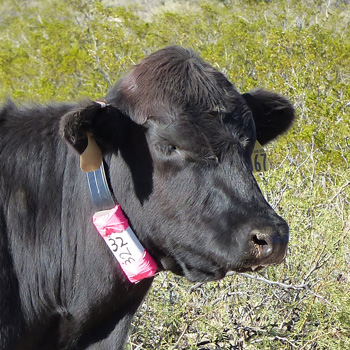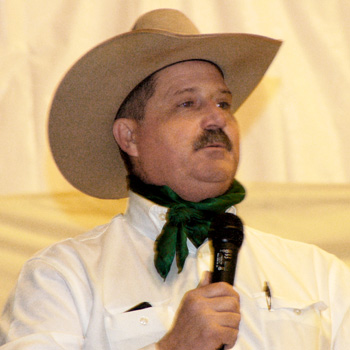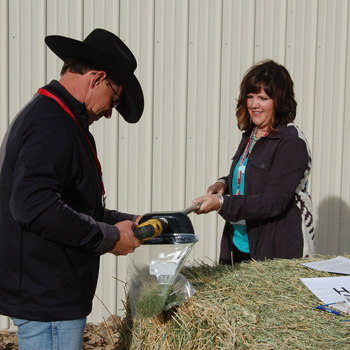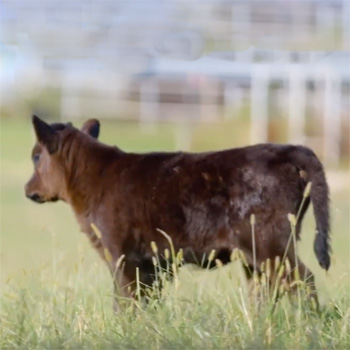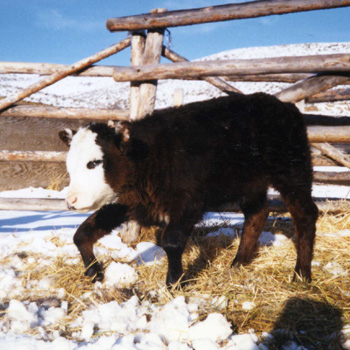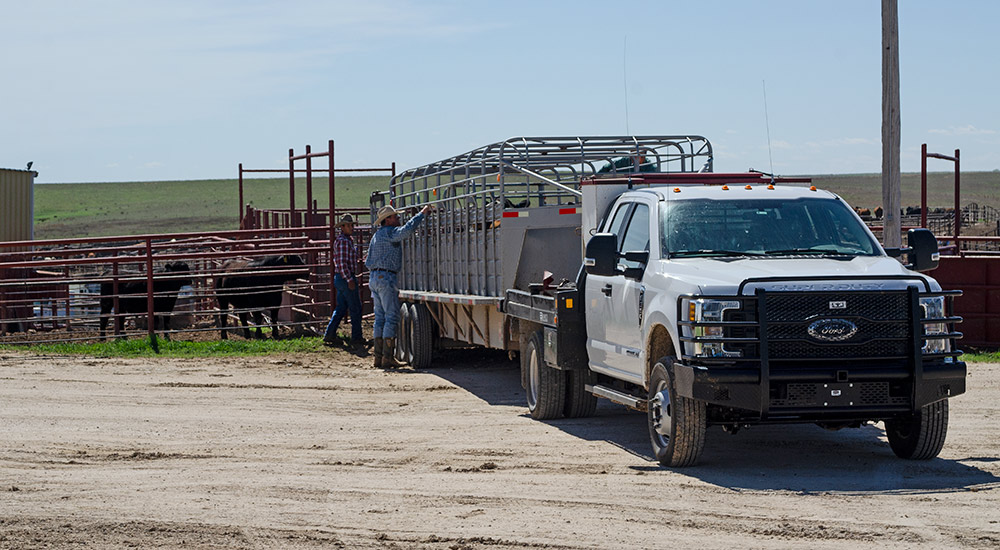
BQA: The Right Thing to Do
BQA program seeks to maximize consumer confidence in beef.
Libby Bigler is confident that a majority of beef cattle producers want to do the right thing. The Colorado Beef Quality Assurance (BQA) coordinator told producers attending the 26th Range Beef Cow Symposium hosted Nov. 18-20 in Mitchell, Neb., that attaining and maintaining BQA certification is, simply, the right thing to do. Bigler was joined by Jesse Fulton, National Cattlemen’s Beef Association (NCBA) director of producer education, who said BQA strengthens the relationship between beef producers and consumers.
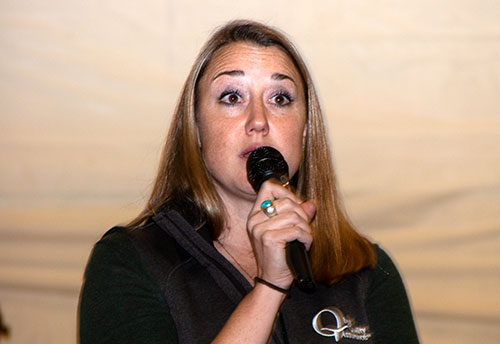 |
By seeking training and certification, beef producers demonstrate a commitment to using best management practices that promote livestock health and comfort, said Libby Biggler, Colorado BQA coordinator. |
Bigler explained that maximizing consumer confidence in beef is the mission of the BQA program, which is supported through the beef checkoff. At a time when consumers want to know more about how their food is produced, food production practices come under increased scrutiny. Bigler said that by seeking training and certification, beef producers demonstrate a commitment to using best management practices (BMPs) that promote livestock health and comfort. But BQA-certified producers also demonstrate a commitment to consistently produce a safe, wholesome and high-quality product that consumers can trust.
Fulton discussed survey data revealing how beef production is frequently misunderstood by an increasingly urbanized consumer base. According to Fulton, about 63% of respondents expressed concern for the welfare of animals raised for beef. For about 30% of those respondents, animal welfare was a chief concern.
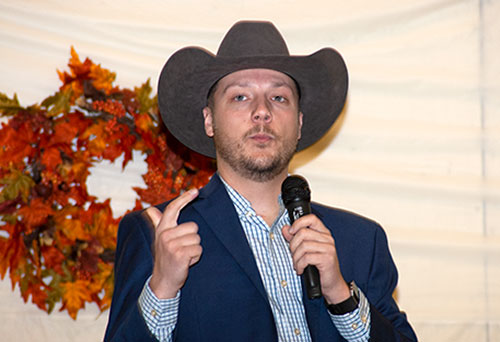 |
BQA strengthens the relationship between beef producers and consumers, said Jesse Fulton, NCBA director of producer education. |
Fulton said that might be partially explained by the fact 43% of survey respondents believed that all beef animals were born and raised in confinement, spending their entire lives in feedyards. They are unaware that the vast majority of beef cattle spend all but their last few months on ranches and other grazing operations.
On the bright side, however, Fulton said 82% of consumers surveyed responded positively to videos sharing the BQA message and tagline, “The right way is the only way.”
Also included on the Symposium agenda were breakout sessions addressing animal health product handling and storage, chuteside product administration procedures, animal fitness for transport and humane euthanasia, plus demonstration of low-stress cattle handling. Producers had the opportunity to complete the necessary test and become BQA-certified.
Stock trailer walk-around
University of Nebraska Extension Educator and Director of BQA Rob Eirich led participating producers through a “trailer walk-around.” He advised producers to go through a safety checklist every time they hitch up a trailer.
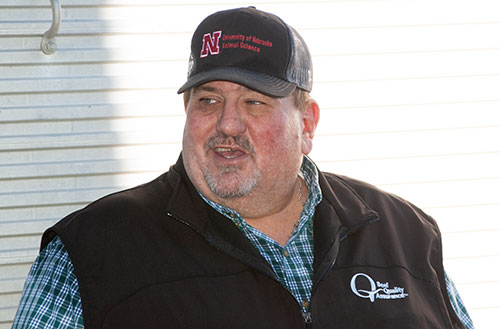 |
“It’s not just a safety issue,” Nebraska Extension Educator and Director of BQA Rob Eirich said of the importance of trailer inspections. “It’s also about minimizing bruising or injuries that can affect beef quality.” |
“Very few of us do that, but we should. Taking a few minutes to check out our trailer could save us a lot of time and trouble,” said Eirich, emphasizing that it’s about protecting the well-being of animals and humans alike. “It’s not just a safety issue; it’s also about minimizing bruising or injuries that can affect beef quality.”
Eirich said producers should know their trailer’s gross combined vehicle weight rating (GCVWR), which is the maximum limit for the combined weight of the loaded trailer and tow vehicle. Typically, the GCVWR is displayed with the trailer’s serial number or in the operator’s manual. Remember that it’s about loaded weight, which includes passengers and fuel, as well as cargo.
According to Eirich, producers should perform the following inspections routinely:
- Before every trip, check hitch latches, safety chains and electrical connections between trailer and tow vehicle.
- Make sure electrical wiring is in good condition and all lights (brake light, turn signals and taillights) on the trailer and tow vehicle are operational.
- Inspect the brake system, and test it using the manual control mounted in the tow vehicle.
- Examine tires for tread wear and make sure all tires carry the correct air pressure. Don’t forget the spare. Eirich suggested using the old penny test when scrutinizing tire tread. Insert a penny into the tire’s tread groove with Lincoln’s head upside down. If all of Lincoln’s head is visible, the tread depth is insufficient, and the tire should be replaced.
- Check trailer wheel lug nuts and make sure they are tight.
- Repack or replace trailer wheel bearings as necessary.
- Inspect trailer flooring on a regular basis, and make needed repairs. Eirich noted that rubber mats help improve footing for livestock during transportation. However, smooth rubber mats can be slick when wet. “Those mats made from woven tire tread provide excellent footing,” said Eirich, “but when manure builds up, they also become slippery. Trailer floors and mats need to be cleaned routinely.”
- Before loading livestock, make sure that trailer gate and door latches are in working order.
The Range Beef Cow Symposium XXVI was hosted Nov. 18-20 at the Mitchell Events Center at the Scotts Bluff County Fairgrounds, Mitchell, Neb. Sponsored by the Cooperative Extension Service and animal science departments of the University of Wyoming, South Dakota State University, Colorado State University and the University of Nebraska, the biennial symposium offers an educational program geared toward ranching in the West.
Angus Media provides online coverage of the event at www.rangebeefcow.com, courtesy of sponsorship by Leachman Cattle of Colorado. Visit the site Newsroom for summaries of the sessions, proceedings and PowerPoint presentations provided by the speakers, and audio if available. More BQA coverage is also available in the February issue of the Angus Beef Bulletin.
Editor’s note: Troy Smith is a cattleman and freelance writer from Sargent, Neb. Lead photo by Kasey Brown.
